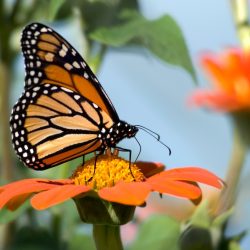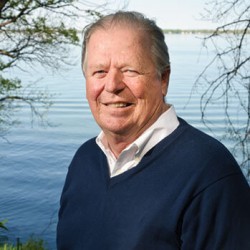Splash Mob
Citizen scientists provide clarity for lake researchers’ big questions.
A massive new study of water clarity trends in midwestern lakes is sure to make some waves in scientific circles.
The study involved nearly a quarter of a million observations in 3,251 lakes spread across eight states, and data dating back seven decades. But it’s where that data came from that’s truly noteworthy. Each and every observation came from lakefront homeowners, boaters, anglers, or other interested members of the public wanting to know a little more about what’s going on in “their” lake.
More and more, ecologists are looking at big picture issues, says Noah Lottig, a co-author of the study. Lottig, a scientist at the UW Center for Limnology’s Trout Lake Station, says there aren’t enough scientists in the world to collect data for these projects, but, thanks to citizen- scientists, “there’s a lot of information out there and, really, citizen data have been underutilized.”
In an attempt to start capitalizing on citizen-generated data, Lottig and a team of freshwater scientists from across the U.S. combed through state agency records and online databases full of water-clarity measurements. Over decades, lake associations and other citizen groups have documented conditions on their respective waters.
Previous studies have shown that citizen readings of water clarity are nearly as accurate as professional scientists’ measurements, says Lottig. With a dataset covering more than three thousand lakes and stretching back to the late 1930s, his team decided to ask questions about large-scale and long-term change.
The authors found that, on an individual scale, some lakes were getting clearer while others were not. However, says Lottig, combining all that data indicates that there is a slightly increasing trend in water clarity at a regional scale. “Unfortunately,” he says, “the data don’t exist to explain those patterns.”
Though the citizen-scientist dataset limited his team’s ability to explain the patterns they observed, Lottig says it suggests that such information can play a role in shaping future research — a possibility that has some scientific organizations taking notice.
“This study highlights the research opportunities that are possible using data collected by citizens engaged in making important environmental measurements,” says Elizabeth Blood, program director in the National Science Foundation’s Directorate for Biological Sciences, which funded the work. “Their efforts provide scientists with data at space and time scales not available by any other means.”
Published in the Winter 2014 issue



Comments
No comments posted yet.